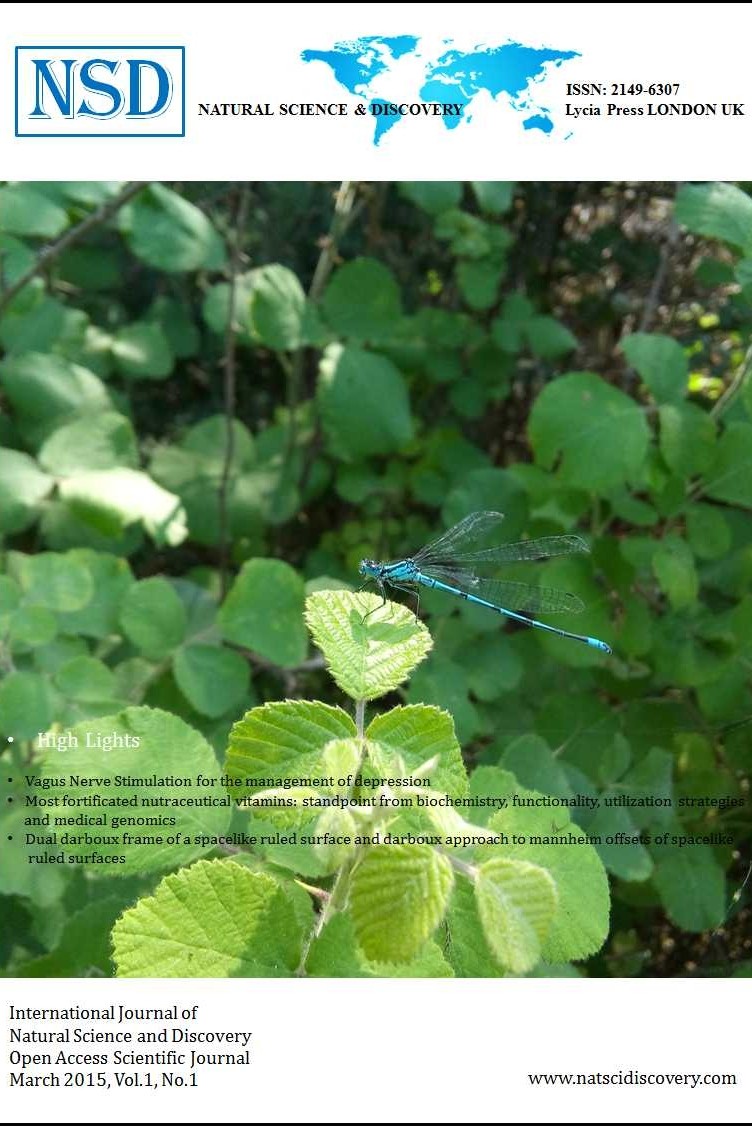Effect of Doxorubicin and Some Boron Compounds on Erythrocyte Fragility In Rats
Effect of Doxorubicin and Some Boron Compounds on Erythrocyte Fragility In Rats
Doxorubicin Cardiotoxicity, Boron, Erythrocyte, Fragility, Rat,
___
- Bazanovas AN, Evstifeev AI, Khaiboullina SF, Sadreev II, Skorinkin AI, Kotov NV. Erythrocyte: A systems model of the control of aggregation and deformability. Biosystems. 2015; 131: 1-8.
- Kim SR, Jeon SY, Lee SM. The association of cardiovascular risk factors with saturated fatty acids and fatty acid desaturase indices in erythrocyte in middle-aged Korean adults. Lipids Health Dis. 2015; 24; 14(1):133.
- Lowe G.D.O., A.J. Lee, J.F. Price and F.G.R. Fowkes. Blood viscosity and risk of cardiovascular events: The Edinburgh Artery Study, Brit J Haematology 1997; 96, 168–173.
- Gyawali P, Richards RS, Bwititi PT, Nwose EU. Association of abnormal erythrocyte morphology with oxidative stress and inflammation in metabolic syndrome. Blood Cells Mol Dis. 2015; 54(4): 360-3.
- Pagano M, Faggio C. The use of erythrocyte fragility to assess xenobiotic cytotoxicity. Cell Biochem Funct. 2015; 33(6): 351-5.
- Barçın C, Kurşaklıoğlu H, Safalı M, et al. Doksorubisin kardiyotoksisitesinin önlenmesinde oktreotidin etkisi. Anadolu Kardiyol Derg, 2005; 5, 18-23.
- Barranco WT, Eckhert CD Boric Acid inhibits human prostate cancer cell poliferation. Cancer Letters 2004; 216, 21-29.
- Benderdour M, Van Bui T, Hess K, Dicko A, Belleville F, Dousset B. Effects of boron derivatives on extracellular matrix formation. J of Trace Elements in Med. and Bio. 14, 2000; 168-173.
- Cote B, Carlson LJ, Rao DA, Alani AW. Combinatorial resveratrol and quercetin polymeric micelles mitigate doxorubicin induced cardiotoxicity in vitro and in vivo. J Control Release. 2015; 213: 128-133.
- Kucukkurt I, Ince S, Demirel HH, Turkmen R, Akbel E, Celik Y. The Effects of Boron on Arsenic-Induced Lipid Peroxidation and Antioxidant Status in Male and Female Rats. J Biochem Mol Toxicol. 2015; Vol 0, Number 00, DOI: 10.1002/jbt.21729.
- Szapary L, B. Horvath, Z. Marton, T. Alexy, N. Demeter, M. Szots, A. Klabuzai, G. Kesmarky, I. Juricskay, V. Gaal, J. Czopf, K. Toth. Hemorheological disturbances in patients with chronic cerebrovascular diseases, Clinical Hemorheology and Microcirculation 2004; 31, 1–9.
- Vayá A, R Alis, M Romagnoli, R Pérez, D Bautista, R Alonso, B Laiz. Rheological blood behavior is not only influenced by cardiovascular risk factors but also by aging itself. Research into 927 healthy Spanish Mediterranean subjects, Clinical Hemorheology and Microcirculation 2013; 54, 287-296.
- Angsutararux P, Luanpitpong S, Issaragrisil S. Chemotherapy-Induced Cardiotoxicity: Overview of the Roles of Oxidative Stress. Oxid Med Cell Longev. 2015; 795602, doi: 10.1155/2015/795602. Epub 2015 Sep 29.
- Simunek T, Stérba M, Popelová O, Adamcová M, Hrdina R, Gersl V. Anthracycline-induced cardiotoxicity: overview of studies examining the roles of oxidative stress and free cellular iron. Pharmacol Rep. 2009; 61(1): 154-71.
- Ince S, Kucukkurt I, Cigerci IH, FatihFidan A, Eryavuz A. The effects of dietary boric acid and borax supplementation on lipid peroxidation, antioxidant activity, and DNA damage in rats. J Trace Elem Med Biol, 2010; 24, 161–164.
- Turkez H, Geyikoglu F, Tatar A, Keles MS, Kaplan I. The effects of some boron compounds against heavy metal toxicity in human blood. Exp Toxicol Pathol. 2012; 64(1-2): 93-101.
- Geyikoglu F, Turkez H. Boron compounds reduce vanadium tetraoxide genotoxicity in human lymphocytes. Environ Toxicol Pharmacol. 2008; 26(3): 342-7.
- Feng B, Li X, Li S, Wang J. Effect of drinking boron on blood composition in rats. Wei Sheng Yan Jiu, 2009; 38 (4): 485-8 .
- Hu Q1, Li S, Qiao E, Tang Z, Jin E, Jin G, Gu Y. Effects of boron on structure and antioxidative activities of spleen in rats. Biol Trace Elem Res. 2014; 158(1):73-80.
- Scialli AR, Bonde JP, Brüske-Hohlfeld I, Culver BD, Li Y, Sullivan FM. An overview of male reproductive studies of boron with an emphasis on studies of highly exposed Chinese workers. Reprod Toxicol. 2009; 29(1): 10-24.
- ISSN: 2149-6307
- Başlangıç: 2015
- Yayıncı: Lycia Press Inc.
Nurses' and Patients' Perception of Educational Needs of Patients: A
Mitra Shabestari, Akram Movasegi, Elham Poorshahbazi, Razieh Parizad
Effect of Doxorubicin and Some Boron Compounds on Erythrocyte Fragility In Rats
Gokhan Oto, Okan Arihan, Fatih Celikezen, Yildiray Basbugan, Semra Sen
Potent antioxidant and genotoxic effects of ammonium tetraborate in vitro
Fatih Celikezen, Hasan Turkez, Elanur Aydin, Mehmet Izgi, Burcin Celikezen
Immediate effects of vagus nerve stimulation (vns) for the treatment of panic attack disorders
